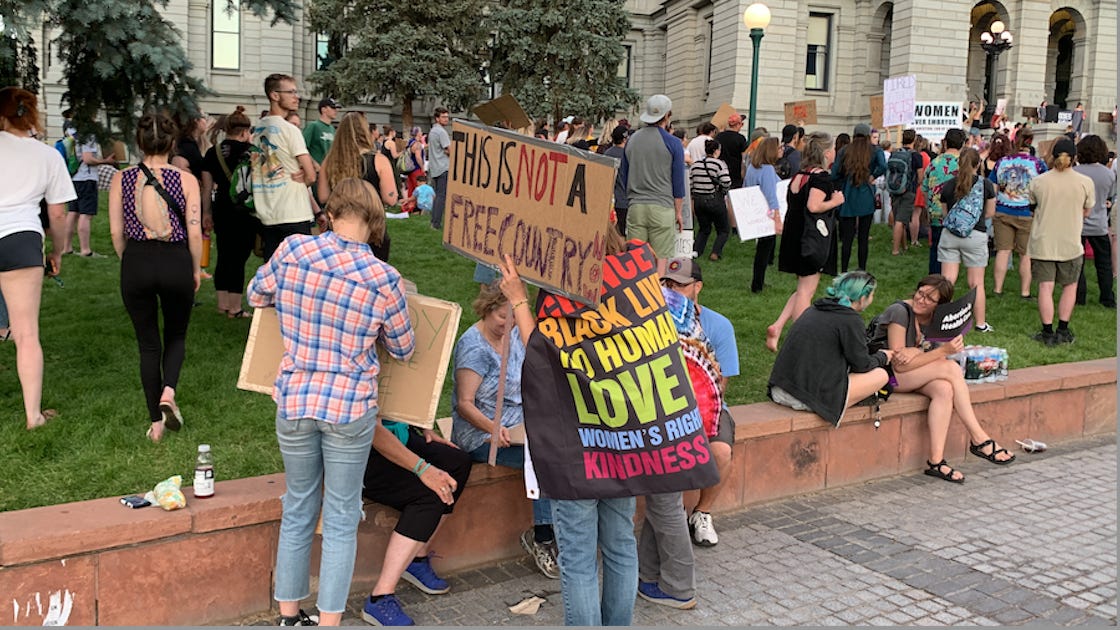After last week’s Supreme Court decision in Dobbs v. Jackson Womens’ Health Organization, America enters a new era. After forty-nine years, the availability of abortion will depend more on the actions of the country’s millions of voters than its nine Supreme C…
Substack is the home for great culture

